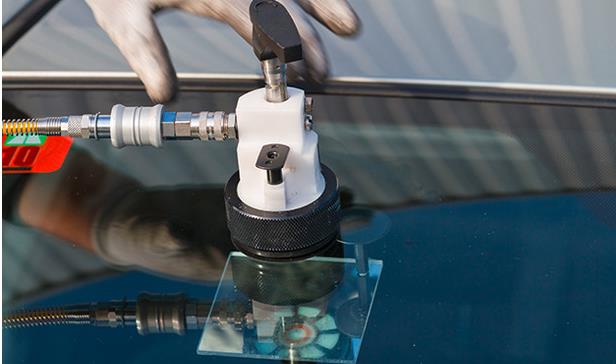
NewsInformation Center
Common Methods Used For coating
2019/09/05
Coating strength refers to the ability of a coating to stick to a surface or substrate. Coating strength allows the engineer to estimate the life of a structure and durability of a coat, and similarly, occurrence of corrosion.The durability and performance of coatings depend on two basic properties: cohesion and adhesion. Cohesion is the inner strength of a material, and it is determined by the strength of molecular forces in the bulk. Adhesion is the strength of the bonds forming between one material and another.


The adhesion of a coating is improved by surface roughness. Failures related to adhesion determine the life of the coating.In the paint and coating industries, paint adhesion testing is often used to determine if the paint or coating will adhere properly to the substrates to which they are applied.
Some of the most common methods used for assessing coating adhesion include:
ASTM D3359 “Standard Test Methods for Rating Adhesion by Tape Test,”
ASTM D6677 “Standard Test Method for Evaluating Adhesion by Knife,”
ASTM D4541 “Standard Test Method for Pull-Off Strength of Coatings Using Portable Adhesion Testers,”
ASTM D7234 “Standard Test Method for Pull-Off Adhesion Strength of Coatings on Concrete Using Portable Pull-Off Adhesion Testers.” The results obtained are not comparable between methods as they evaluate different adhesion properties and use different testing mechanisms.
ASTM D6677 and D3359 evaluate the “shear” or “peel” strength of a coating, while D4541 and D7234 evaluate the coating’s tensile strength, meaning its resistance to a perpendicular pull.
Previous: How to Test Fabric for Sewing
N e x t : Colour Fastness Evaluation And Effecting Factors



